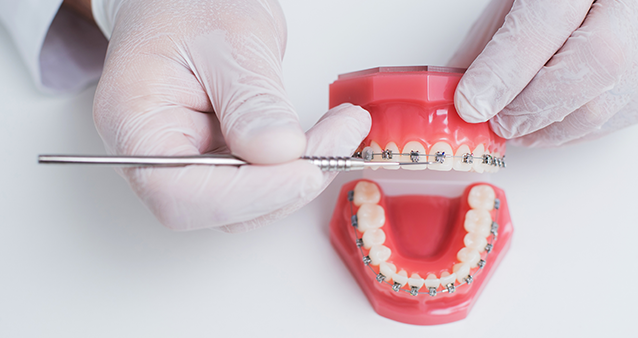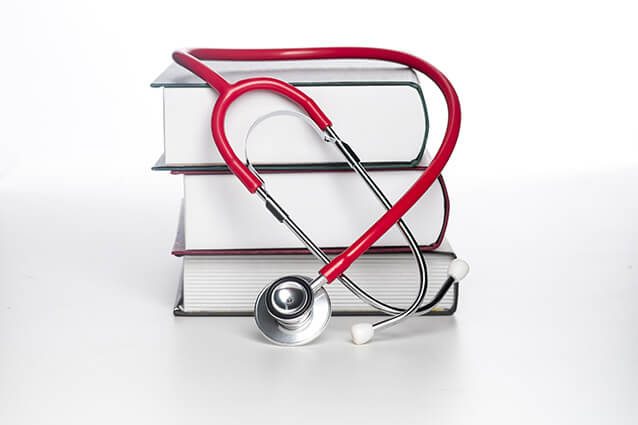Welcome to South Africa's most comprehensive Medical Aid Guide for 2025, brought to you by Hippo – South Africa's leading medical aid comparison specialists. Whether you're choosing your first medical aid, thinking about switching schemes, or simply trying to understand what your current plan actually covers, this guide gives you everything you need to make confident, informed decisions about your healthcare.
Here's what you'll discover in this guide: We'll walk you through the fundamental differences between medical aid and medical insurance, so you know exactly what type of coverage you're getting — including your rights under Prescribed Minimum Benefits. We break down the different types of medical aid plans available — from budget-friendly hospital plans to comprehensive options with full day-to-day benefits — and show you how to choose the one that matches your lifestyle, health needs, and budget.
Got specific coverage questions? We cover orthodontic braces, laser eye surgery, psychology services, breast reduction surgery, and essential preventive screenings like mammograms and pap smears. You'll also find tailored advice for different life stages — choosing your first medical aid, planning as a newlywed couple, or reassessing cover as a single professional in your thirties. We demystify gap cover and waiting periods, compare provider sizes, and guide you through switching schemes confidently.
Why this guide matters: Medical aid may be one of your biggest monthly expenses — but it can also be your greatest financial protection. The right plan helps you avoid unexpected bills in a crisis, ensures chronic medication is covered, and gives you access to the specialists you need. Choosing wisely is an investment in preventive care, early detection, and peace of mind. Let's get started.
Medical Coverage for Braces?
Straight teeth shouldn't come at a crooked price. If you're wondering whether your medical aid will help with orthodontic treatment, you're asking the right questions. The good news? Many medical aid plans do offer orthodontic benefits – but the devil's in the details. Coverage varies significantly between schemes and benefit options, so understanding your plan's dental benefits is crucial before booking that first consultation. You can also explore whether gap cover could help reduce out-of-pocket costs for orthodontic treatment.


Do Medical Aids cover Eye Surgery
Imagine waking up with crystal-clear vision – no glasses, no contacts, just perfect sight. Laser eye surgery makes this dream a reality for thousands of South Africans each year. While the procedure is safe and highly effective, the cost can be substantial. The coverage question isn't straightforward – some plans include it, others don't, and many sit somewhere in between with specific criteria you'll need to meet. Learn more about medical aid vs medical insurance and explore whether gap cover can assist with the costs.
Psychological Services and Medical Coverage
Mental health is health, full stop. Whether you're dealing with anxiety, depression, or life's everyday stresses, professional support shouldn't be a luxury. Most medical aid plans now recognise the importance of mental health services and offer meaningful coverage for psychological consultations. From psychiatrists and psychologists to counsellors, understanding what's available can make all the difference in your wellness journey. If you're comparing options, review our guide on how to choose the right medical aid plan and see how gap cover might help with specialist fees not fully covered by your plan.


A guide to your first medical aid
Choosing your first medical aid can feel overwhelming, and that's completely normal. Start by honestly assessing your current health needs, family planning goals, and budget. Consider your age, lifestyle, chronic conditions, and upcoming medical procedures. Remember, the cheapest plan type isn't always the best value, and the most expensive isn't necessarily right for everyone. Take your time to compare options and ask the right questions — your first medical aid choice sets the foundation for your long-term health and financial wellbeing.
Breast reduction surgery – why won’t medical aids cover?
For women suffering from macromastia (excessively large breasts), the condition goes far beyond cosmetic concerns. It can cause chronic back pain, skin irritation, and significant psychological distress. Yet most medical aids still classify breast reduction as cosmetic surgery, leaving women to fund this life-changing procedure themselves. While some schemes are becoming more understanding of the medical necessity, coverage remains inconsistent and often requires extensive specialist motivation and benefit review. You can also explore whether gap cover might assist with costs that fall outside your plan’s limits.


What is gap cover?
Gap cover bridges the financial gap between what your medical aid pays and what healthcare providers actually charge. Think of it as your safety net against unexpected medical bills. This short-term insurance works alongside your existing medical aid plan to cover shortfalls, which is particularly useful for specialist consultations and private hospital stays. Not everyone needs it, but understanding how it fits into your overall health strategy helps you make informed decisions about your coverage and financial protection.
Understanding Mammograms and Pap Smears
Early detection saves lives. With cancer rates climbing in South Africa, regular screening has never been more important. The encouraging news is that most medical aid plans actively promote preventive care by covering essential screenings like mammograms, pap smears, and other cancer detection tests. These benefits typically don't affect your day-to-day medical savings, making regular check-ups accessible and affordable. If you’re unsure whether your provider includes these tests, review your scheme’s wellness benefits or consult our glossary to understand how preventive care is classified under Prescribed Minimum Benefits.


Medical aid for young married couples
Every couple is unique, but most newlyweds fall into three categories: budget-conscious savers, active lifestyle enthusiasts, or adventure-seeking travellers. Your medical aid should reflect your lifestyle and priorities. Budget-conscious couples might prefer hospital plans, active couples need comprehensive injury and wellness cover, and adventurous types should consider international emergency benefits. The key is matching your plan to your shared goals and health risks — and reviewing whether gap cover can protect you from unexpected specialist costs.
Medical aid advice for singles in their thirties
Your thirties bring new perspectives on health and financial planning. You've likely established your career, made major purchases like a home or car, and begun thinking seriously about your long-term health. This decade often brings the first signs of lifestyle-related health issues, making comprehensive medical cover more valuable. It's the perfect time to reassess your plan and ensure it still serves your evolving needs. Compare providers for better chronic and preventive care options, and consider gap cover to protect your financial stability as medical costs rise.


Medical Aid Providers: Is Bigger Necessarily Better?
Size isn't everything in the medical aid world. While larger schemes often boast extensive networks and resources, smaller providers frequently offer more personalised service and innovative benefits. The best choice depends on your specific needs — network coverage in your area, customer service quality, benefit flexibility, and claims processing efficiency. Don't just follow the crowd; use our guide on how to choose the right medical aid plan to find a provider that genuinely serves your health and lifestyle requirements, and review whether gap cover can help enhance your overall protection.
Medical aid & health insurance options in South Africa
The terms sound similar, but medical aid and health insurance serve different purposes in South Africa. Medical aid schemes are highly regulated, non-profit entities that provide comprehensive ongoing healthcare coverage. In contrast, health insurance policies are typically profit-driven, short-term products covering specific events or conditions. Understanding these differences is crucial for making informed decisions about your overall health cover strategy and ensuring you have the right protection in place for both routine care and emergencies.


Switching Medical Aids
Your medical aid should evolve with your life. Annual benefit reviews by schemes mean you should also reassess your cover yearly to ensure optimal value. Switching isn't just about finding cheaper premiums — consider network changes, benefit improvements, and customer service quality before making a move. However, be aware of waiting periods, pre-existing condition clauses, and potential coverage gaps when changing plans to avoid any disruption in your healthcare protection.
The most cost effective medical aid in 2025
Smart healthcare spending means getting maximum value from your medical aid investment. Cost-effectiveness isn't just about low premiums — it's about comprehensive cover that meets your actual needs without unnecessary extras. Consider your usage patterns and benefit requirements, preferred healthcare providers, chronic medication needs, and family health history. The cheapest plan that leaves you with massive out-of-pocket expenses isn't cost-effective at all — explore whether adding gap cover could improve your overall value and protection in 2025.


Glossary of medical aid terms
Medical aid jargon can be intimidating, but understanding key terms empowers better decision-making. From prescribed minimum benefits to co-payments, waiting periods, and beneficiaries, each term affects your coverage and costs. Having a solid grasp of industry terminology helps you compare plans accurately, understand your benefits fully, and communicate effectively with healthcare providers and scheme administrators.
Sources: Wikipedia.
Prices quoted are correct at the time of publishing this article. The information in this article is provided for informational purposes only and should not be construed as financial, legal, or medical advice.
